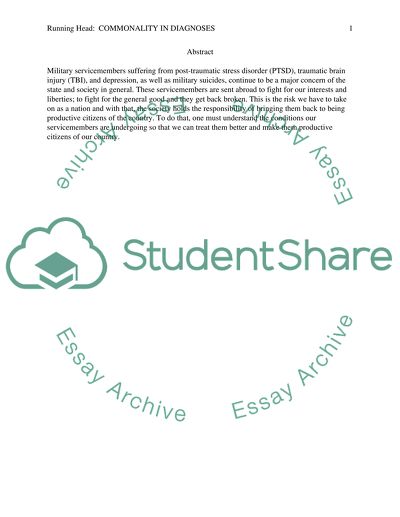Cite this document
(“Common Behavioral Health Diagnoses in Military Treatment Facilities Research Paper”, n.d.)
Retrieved from https://studentshare.org/health-sciences-medicine/1493819-common-behavioral-health-diagnoses-in-military
Retrieved from https://studentshare.org/health-sciences-medicine/1493819-common-behavioral-health-diagnoses-in-military
(Common Behavioral Health Diagnoses in Military Treatment Facilities Research Paper)
https://studentshare.org/health-sciences-medicine/1493819-common-behavioral-health-diagnoses-in-military.
https://studentshare.org/health-sciences-medicine/1493819-common-behavioral-health-diagnoses-in-military.
“Common Behavioral Health Diagnoses in Military Treatment Facilities Research Paper”, n.d. https://studentshare.org/health-sciences-medicine/1493819-common-behavioral-health-diagnoses-in-military.


